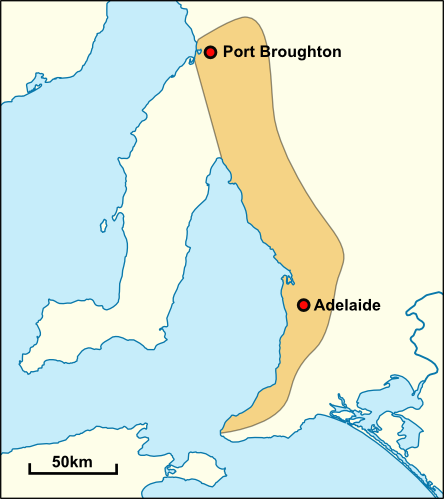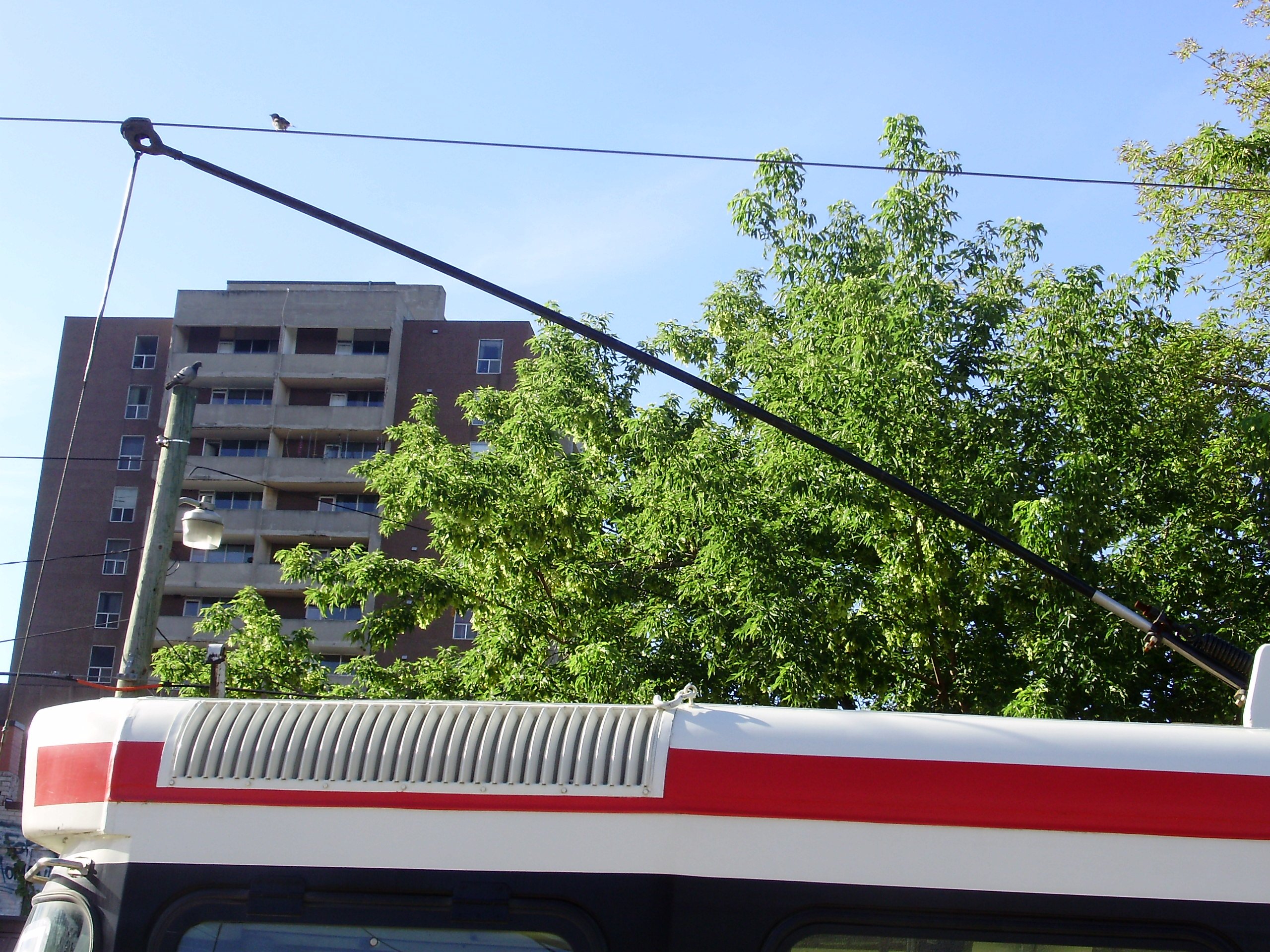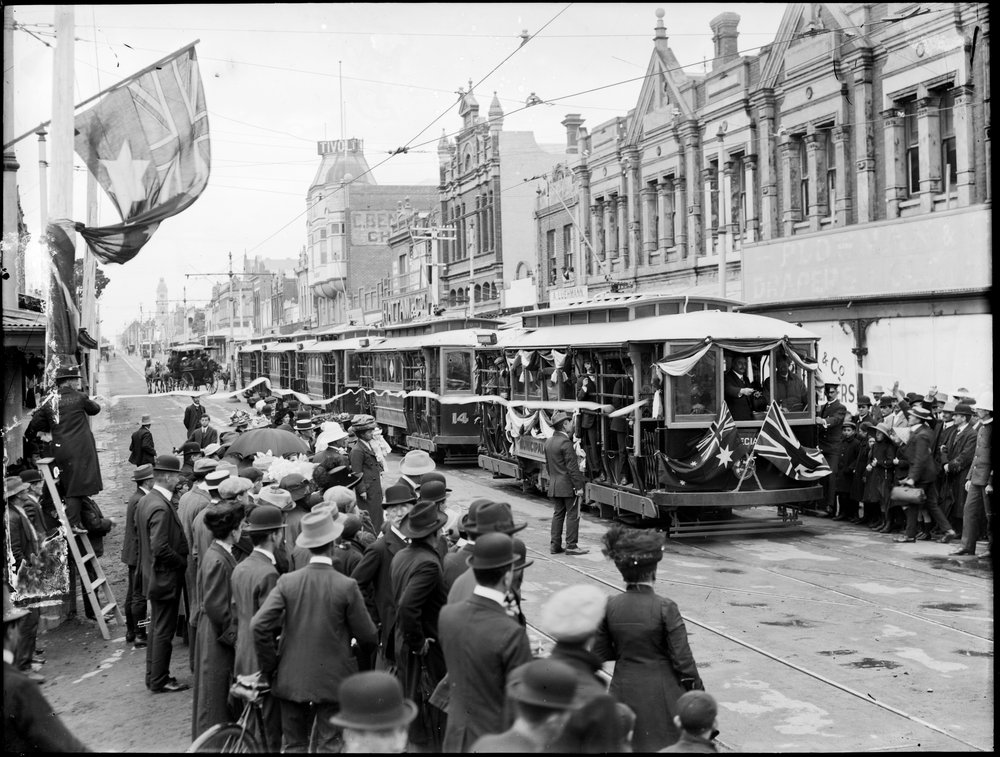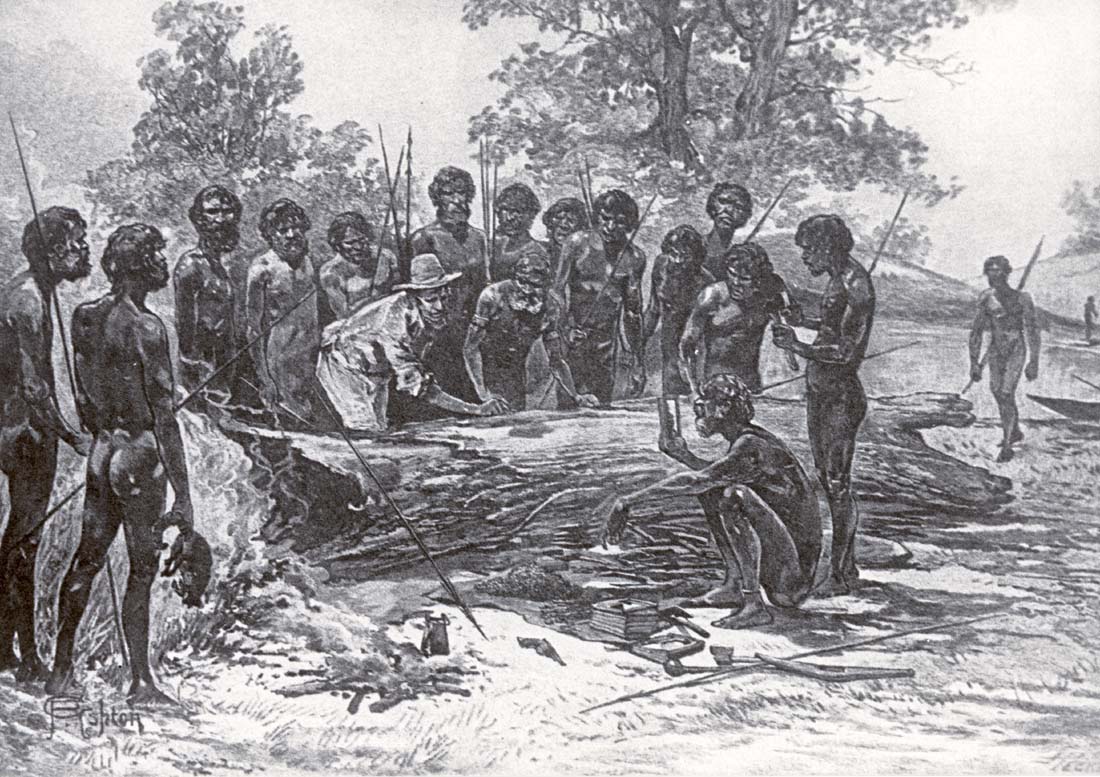|
H-class Melbourne Tram
The H-class was a class of ten trams built by Duncan & Fraser, Adelaide for the Prahran & Malvern Tramways Trust (PMTT). All passed to the Melbourne & Metropolitan Tramways Board on 2 February 1920 when it took over the PMTT becoming the H-class retaining their running numbers. In 1931, number 63 was sold for further use on the Ballarat network and placed in service as number 18."The Lives and Times of Ballarat Trams Nos 18 and 40" ''Trolley Wire'' issue 336 February 2014 pages 3-10 Preservation One has been preserved: *63 by the Ballarat Tramway Museum The Ballarat Tramway Museum is an operating tramway museum, located in Ballarat, Victoria, Australia. The museum is run by volunteers and has a fleet of trams which operate on part of the original horse tramway around Lake Wendouree a ... as number 18 Ballarat Tramway Museum Referenc ...
|
Duncan & Fraser
Duncan & Fraser Limited was a vehicle manufacturing company founded in 1865 in Adelaide, South Australia that built horse-drawn carriages and horse trams, and subsequently bodies for trains, electric trams and motor cars, becoming one of the largest carriage building companies in Australia. In 1919 the company decided to abandon coachbuilding and confine itself to automotive manufacture; by 1927 the construction of Ford Model T motor car bodies had become the company's principal activity and the company was operating automotive distributorships and dealerships. However, the succeeding Ford Model A required an all-steel body, which Ford's US headquarters decided would be made in Canada and assembled in Ford's own factory in Geelong. Since most of the company's income had consequently ceased, the shareholders voted in August 1927 to close the company. Horse-drawn carriages In January 1865, coach builder James Duncan and coach painter James Fraser – Scottish immigrants to Adela ... [...More Info...] [...Related Items...] OR: [Wikipedia] [Google] [Baidu] |
Adelaide
Adelaide ( ) is the list of Australian capital cities, capital city of South Australia, the state's largest city and the list of cities in Australia by population, fifth-most populous city in Australia. "Adelaide" may refer to either Greater Adelaide (including the Adelaide Hills) or the Adelaide city centre. The demonym ''Adelaidean'' is used to denote the city and the residents of Adelaide. The Native title in Australia#Traditional owner, Traditional Owners of the Adelaide region are the Kaurna people. The area of the city centre and surrounding parklands is called ' in the Kaurna language. Adelaide is situated on the Adelaide Plains north of the Fleurieu Peninsula, between the Gulf St Vincent in the west and the Mount Lofty Ranges in the east. Its metropolitan area extends from the coast to the Adelaide Hills, foothills of the Mount Lofty Ranges, and stretches from Gawler in the north to Sellicks Beach in the south. Named in honour of Queen Adelaide, the city was founded ... [...More Info...] [...Related Items...] OR: [Wikipedia] [Google] [Baidu] |
Trolley Pole
A trolley pole is a tapered cylindrical pole of wood or metal, used to transfer electricity from a "live" (electrified) overhead wire to the control and the electric traction motors of a tram or trolley bus. It is a type of current collector. The use of overhead wire in a system of current collection is reputed to be the 1880 invention of Frank J. Sprague, but the first working trolley pole was developed and demonstrated by Charles Van Depoele, in autumn 1885. Middleton, William D. (1967). ''The Time of the Trolley'', pp. 63–65, 67. Milwaukee: Kalmbach Publishing. . Etymology The term "trolley", also used to describe the pole or the passenger car using the trolley pole, is derived from the grooved conductive wheel attached to the end of the pole that "trolls" the overhead wire. The term "trolley" predates the invention of the trolley pole. The earliest electric cars did not use a pole, but rather a system in which each tramcar dragged behind it an overhead cable con ... [...More Info...] [...Related Items...] OR: [Wikipedia] [Google] [Baidu] |
JG Brill Company
The J.G. Brill Company manufactured streetcars,Young, Andrew D. (1997). ''Veteran & Vintage Transit'', p. 101. St. Louis: Archway Publishing. interurban coaches, motor buses, trolleybuses and railroad cars in the United States for almost ninety years, making it the longest-lasting trolley and interurban manufacturer. At its height, Brill was the largest manufacturer of streetcars and interurban cars in the US and produced more streetcars, interurbans and gas-electric cars than any other manufacturer, building more than 45,000 streetcars alone. The company was founded by John George Brill in 1868 in Philadelphia, as a horsecar manufacturing firm. Its factory complex was located in south-west Philadelphia at 62nd St and Woodland Avenue, adjacent to the Baltimore and Ohio Railroad tracks. Over the years, it absorbed numerous other manufacturers of trolleys and interurbans, such as Kuhlman in Cleveland and Jewett in Indiana. In 1944, with business diminishing, it merged ... [...More Info...] [...Related Items...] OR: [Wikipedia] [Google] [Baidu] |
Prahran & Malvern Tramways Trust
The Prahran and Malvern Tramways Trust (PMTT) was a former tram operator in Melbourne, Australia. The trust was formed in 1907, with its first line operating in 1910. Its functions were taken over by the Melbourne & Metropolitan Tramways Board in 1920. History The PMTT was formed under the ''Prahran & Malvern Tramways Trust Act 1907'' to construct and operate electric trams in the municipalities of Prahran and Malvern. The original members of the trust were Alexander Cameron (Chairman), W. O. Strangward (Secretary), H.S. Dix (Manager and Engineer), S. Bangs, William Knox MLC, Walter Lewis and Thomas Luxton. Noyes Brothers were selected as the primary contractors for the work. The first rail was laid along High Street on 20 October 1909. Malvern tram depot opened on 30 May 1910 as were the first lines: along High Street from Charles Street, Prahran to Tooronga Road and the other along Glenferrie and Wattletree Roads from High Street to Burke Road. In 1910, the PMTT was r ... [...More Info...] [...Related Items...] OR: [Wikipedia] [Google] [Baidu] |
Melbourne & Metropolitan Tramways Board
The Melbourne & Metropolitan Tramways Board (MMTB) was a government-owned authority that was responsible for the tram network in Melbourne, Australia between 1919 and 1983, when it was merged into the Metropolitan Transit Authority. It had been formed by the merger of a number of smaller tramway trusts and companies that operated throughout the city. History In 1869 Francis Boardman Clapp set up the Melbourne Omnibus Company (MOC) which ran horse-drawn trams in the inner suburbs of Melbourne. The company carried five million passengers. By 1882 the company had over 1,600 horses and 178 omnibuses. In 1885 the company carried 11.7 million passengers. In 1885 Clapp's MOC was granted a 30-year exclusive franchise for a cable tram network in Melbourne, with no competing lines being permitted. Clapp reorganised the company as the Melbourne Tramway & Omnibus Company (MTOC). A total of 15 lines were built, opening progressively between 1885 and 1919. The first serious electri ... [...More Info...] [...Related Items...] OR: [Wikipedia] [Google] [Baidu] |
Trams In Ballarat
Trams in Ballarat were first used for public transport in 1887. They ceased to operate as a means of public transport in 1971, but a section continues to be operated today as a tourist attraction. At its peak in 1937, the Ballarat tramway network was the largest in Australia operating outside one of the capital cities,pg. 7. Examiner. Tuesday 10 August 1937 with 7 principal routes and more than 24 kilometres of track. Most of the network was closed and replaced with buses on 19 September 1971 after which the Ballarat Tramway Museum preserved a single electrified track along Wendouree Parade at Lake Wendouree to operate a tourist service. From its depot adjacent to the Ballarat Botanical Gardens, the museum operates its historic collection of electric trams from around Australia, including some that were operated on the original Ballarat system. 1880s — origins and the horse-drawn tramway In an 1884 council meeting, the City of Ballaarat decided on the establishment of a tr ... [...More Info...] [...Related Items...] OR: [Wikipedia] [Google] [Baidu] |
Trolley Wire
The Sydney Tramway Museum (operated by the South Pacific Electric Railway) is Australia's oldest tramway museum and the largest in the southern hemisphere. It is located at Loftus in the southern suburbs of Sydney. History Construction of the museum at its original site on the edge of the Royal National Park commenced in August 1956. It was officially opened in March 1965 by NSW Deputy Premier Pat Hills. The facilities were basic, initially a four-track shed built with second hand materials and approximately 800 metres of running track. In 1975, the Government of New South Wales approved the museum moving to a new site across the Princes Highway adjacent to Loftus railway station. Construction commenced in April 1980, with the first trams transferred from the old site in November 1982. It officially opened on 19 March 1988. The former Railway Square tramway shelter that had been disassembled in 1973 was reassembled. The last tram left the Royal National Park in May 1989. ... [...More Info...] [...Related Items...] OR: [Wikipedia] [Google] [Baidu] |
Ballarat Tramway Museum
The Ballarat Tramway Museum is an operating tramway museum, located in Ballarat, Victoria, Australia. The museum is run by volunteers and has a fleet of trams which operate on part of the original horse tramway around Lake Wendouree and the Botanical Gardens. It has a large research collection, archive of information and more than 3,500 items about the Ballarat tramways. The trams in Ballarat operated on a large network through the city from 1887 until 1971. History The first group to work on saving part of the historic tramway was the Lake Wendouree Tramway Museum Committee which in May 1971 began negotiating with the State Electricity Commission of Victoria (SEC) who was the operator of the trams. The Ballarat Tramway Preservation Society was also formed in 1971 to start, and run, an authentic tramway. In 1978 the society was incorporated, as the Ballarat Tourist Tramway. It was renamed the Ballarat Vintage Tramway in 1981. In 1995 they changed the name to the Balla ... [...More Info...] [...Related Items...] OR: [Wikipedia] [Google] [Baidu] |
Melbourne Tram Vehicles
Melbourne ( ; Boonwurrung/Woiwurrung: ''Narrm'' or ''Naarm'') is the capital and most populous city of the Australian state of Victoria, and the second-most populous city in both Australia and Oceania. Its name generally refers to a metropolitan area known as Greater Melbourne, comprising an urban agglomeration of 31 local municipalities, although the name is also used specifically for the local municipality of City of Melbourne based around its central business area. The metropolis occupies much of the northern and eastern coastlines of Port Phillip Bay and spreads into the Mornington Peninsula, part of West Gippsland, as well as the hinterlands towards the Yarra Valley, the Dandenong and Macedon Ranges. It has a population over 5 million (19% of the population of Australia, as per 2021 census), mostly residing to the east side of the city centre, and its inhabitants are commonly referred to as "Melburnians". The area of Melbourne has been home to Aboriginal Victorians ... [...More Info...] [...Related Items...] OR: [Wikipedia] [Google] [Baidu] |
.jpg)





